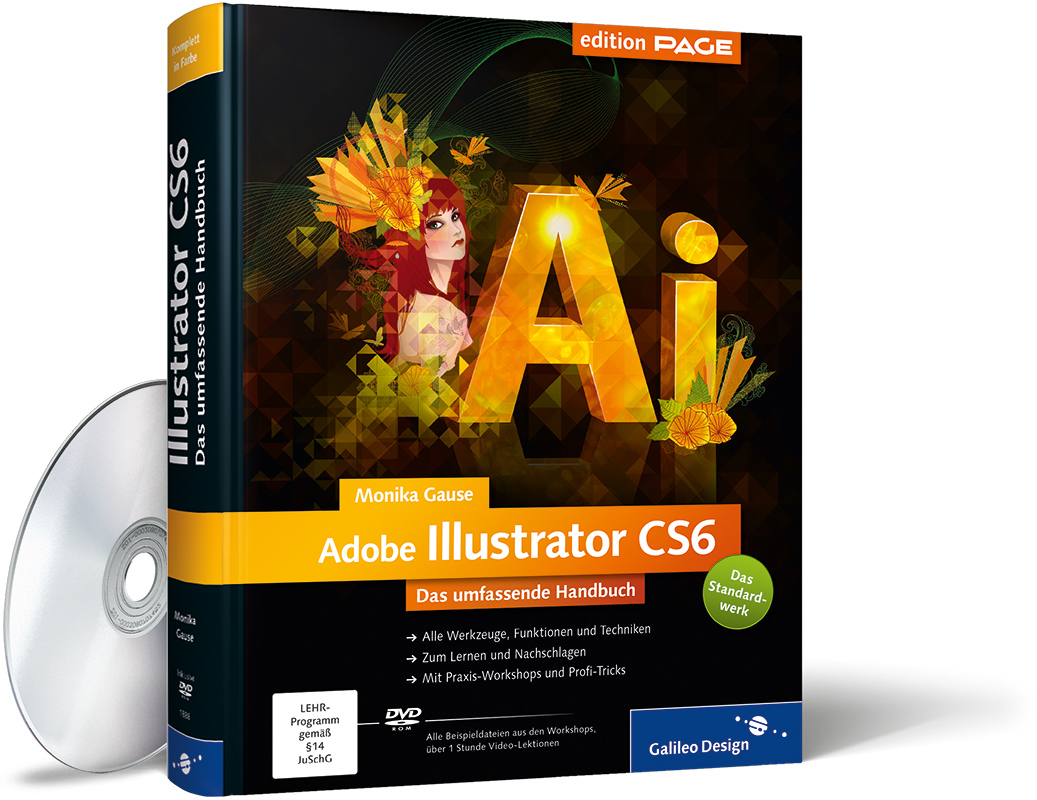
Part 1 Creating, Navigating, and Saving Projects And keep the book handy for the next challenge you encounter. If you know what you’re looking for, go to the table of contents or index. That said, I've arranged the chapters so that starting at the beginning and ending at the end is a good pathway for beginners. The chapters are non-sequential, so you can dive in anywhere. To see the cheat sheet, simply go to and type Adobe Illustrator CC For Dummies in the search box. Even though the material is drawn from the book, you may find it valuable as a quick guide to Illustrator-to-web problem-solving. Beyond the BookĪn online cheat sheet provides quick, basic answers to some of the most frequently asked questions about handing off Illustrator files to game coders, animators, and digital designers. But when the stakes are high, such as when you might ruin your project and not be able to restore it, I issue a warning with this icon. Warning To my knowledge, no one has ever died by choosing an unfortunate and inappropriate tool or menu option in Illustrator. Remember I use this icon to emphasize meta-concepts and points that are widely applicable in Illustrator. Tip When you see a tip, I’m sharing a time-saving or stress-saving technique that might help you complete a project more quickly or easily. I scatter tips, reminders, and an occasional warning throughout this book. I also point you towards resources where you can dig deeper into areas that are a particular focus for your work. But I do assume that you’re no dummy, so this book is fast-paced, covers a lot of ground in under 400 pages, and emphasizes problem-solving methods in Illustrator over memorizing specific techniques. How do I juggle all three audiences? I don't assume any starting point as far as your knowledge of Illustrator. I’ve written Adobe Illustrator CC For Dummies for three levels of Illustrator users: those who are new to Illustrator, those who have been using it for a while, and those who are experts in some realm of the Illustrator universe but need a guide to other realms. If you’re reading this as an e-book, you have it easy: Just click the web address to be taken directly to the web page. If you’re reading this book in print and want to visit one of these web pages, simply key in the web address exactly as it’s noted in the text, pretending that the line break doesn’t exist. Some web addresses break across two lines of text. I haven't included a lot of links to websites, but I have a few. I spent a lot of time and thought on organizing the material here so that you can find the buried treasure in Illustrator that will unlock your creativity and enhance your ability to solve whatever illustration and design challenges you confront. This book is a reference book, not a tutorial, but I’ve endeavored to weave in a variety of examples and from-the-trenches experiences that I think readers will find helpful. Even with the substantial online documentation that Adobe provides, finding your way to understanding and wielding Illustrator requires a guide. Illustrator’s massive array of tools is both a treasure chest and a treasure hunt. Illustrators use Illustrator for an incredibly wide range of projects, but they all experience one thing in common: Illustrator is not easy to get your head around.

More than anything, I’ve drawn on my teaching experience in putting together this book. Most of all, I’ve learned from decades of teaching Illustrator at community colleges, university extension schools, online courses syndicated around the world, and boutique design consulting agencies. I’ve learned from colleagues, competitors, and experts in different realms of Illustrator. Still, I’m fully aware that my own experience only scratches the surface of everything Illustrator can do. And every day I discover or explore some new way to use Adobe Illustrator in the rapidly evolving world of illustration and design.Īlong the way, I’ve written or co-authored more than a dozen books on Illustrator and other apps in Adobe Creative Suite, and created course materials on Illustrator for Adobe. I’ve conducted seminars for commercial printers and artists, and designed logos and icons for app and web navigation. I’m not an artist, but I’ve collaborated with fine artists to port their work to giclée prints. I’ve drawn bus maps in Los Angeles (yes, they have buses in LA), designed infographics, and created architectural renderings for commercial real-estate developers. I n Adobe Illustrator CC For Dummies, I draw on my long strange trip (to borrow from the Grateful Dead) with Illustrator.


 0 kommentar(er)
0 kommentar(er)
